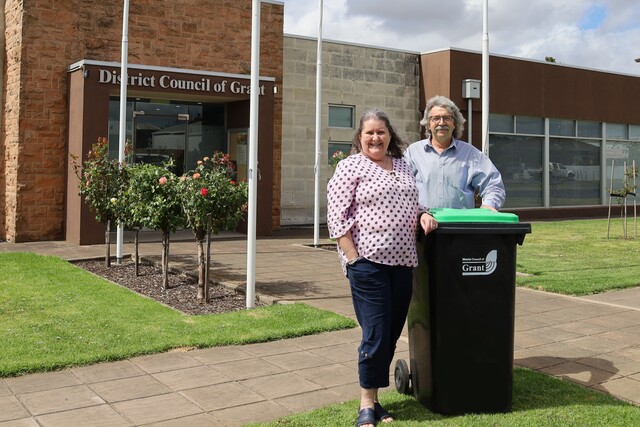The UK Experience by Malcolm Morley *
Government policy in England is driving all Councils to be in the top quartile for performance. It doesn’t take a mathematician to work out that not all Councils can be in the top quartile! Comparing one Council with another is more of an art than a science given different local objectives, priorities, resource investment histories and the needs of local communities.
Central Government, however, has introduced ‘scientifically’ based Best Value Performance Indicators (BVPIs) for its comparison of Council performance. These indicators often represent the lowest common denominator of Council performance to enable some form of comparison to be undertaken.
While recognising the reality of the implications of not being assessed to be performing well against the BVPIs, many Councils are developing Local Performance Targets (LPTs). The LPTs represent the local assessment of needs and priorities and provide local targets for the local assessment of performance. Based upon public consultation and reflecting local political priorities, they are increasingly used to provide a local context for performance assessment.
All Councils have to undertake reviews of their services to illustrate how they are going to achieve ongoing performance improvement. These Best Value Reviews have to illustrate that they have challenged the objectives, nature, level and location of service provision, that they have consulted their communities, that they have compared their performance with the best and that they have considered the option of outsourcing service provision.
These reviews have prompted Councils to learn from each other and from Best Practice in other sectors.
The Audit Commission [www.audit-commission.gov.uk] and the Improvement and Development Agency [www.idea.gov.uk] have sought to help with this process and provide a large database of examples from Local Government Best Practice. Central Government is also leading by example through the Office of Government Commerce [www.ogc.gov.uk] to illustrate how massive savings can be made from best practice in procurement. Headed by a recruit from the private sector, it is making a significant difference to public sector procurement.
Similarly, Partnerships UK, a public-private sector partnership [www.partnershipsuk.org.uk] has introduced private sector expertise into ‘design, build, finance and operate’ projects involving private finance.
No sector or organisation, however, has a monopoly on Best Practice, and what works for one organisation does not necessarily work for another. Taking the best practice available and developing it to meet the local context is key.
In striving to be the best, English Councils have learned that there isn’t a prescription that can be bought off the shelf. Becoming the best is about effective leadership. Try the following simple exercise. Get each member of the Management Team and senior Councillors separately to provide a written answer to the following question: ‘What are the top three things the Council does that adds most value?’
I can guarantee that there will be several different answers. Do the same with community groups and you’ll probably get even more answers.
To be the best starts with a shared understanding of what ‘best’ looks like. If the leaders in Councils don’t have that understanding, and it isn’t shared by the communities served, then what chance is there of the Council being the best?
* Malcolm Morley is a Strategic Director of South Oxfordshire District Council. This is the second of a series of articles he will write covering trends in the United Kingdom. He may be contacted by email at Malcolm.Morley @southoxon.gov.uk The views expressed in this article are not necessarily those of his employer.







